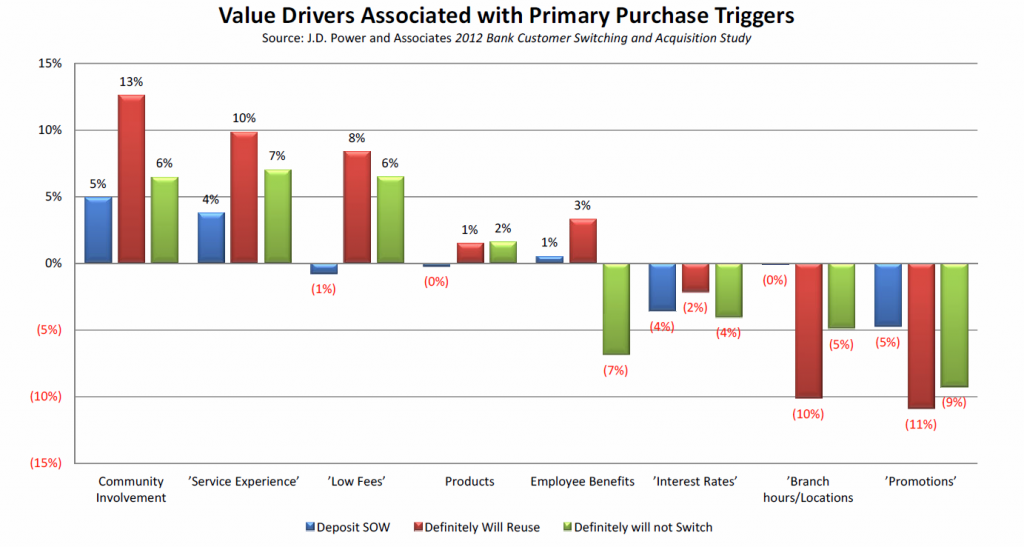A number of financial institutions are celebrating National Small Business Week (which is running between May 21 and May 25) to target the small business market. To connect with this audience, these firms are using an array of approaches, including making limited-time offers, publishing small business-related surveys, as well as providing support tools.
- Special offers:
- Wells Fargo has extended National Small Business Week into its own Small Business Appreciation Month, and is promoting a series of Appreciation Offers to small businesses, with total savings of up to $400.

- Like Wells Fargo, BBVA Compass has designated May as Small Business Appreciation Month and is both promoting special offers on a range of products and services, as well as providing free business and economic monthly reports.
- RBS Citizens is promoting bonuses of up to $450 to small businesses who sign up for a range of services.
- Small business surveys: a number of banks are aiming to generate publicity and position themselves as a voice for small business by publishing surveys that focus on small business optimism, perceptions and challenges.
- Bank of America recently published its inaugural Small Business Owner Report, which covers small business owner concerns, aspirations and perspectives
- TD Bank published the finding of a survey of small business owners in its primary Northeast footprint. One of the key findings of the survey was that 74% of small businesses expect to meet or exceed revenue projections this spring.
- Capital One released its 1Q12 Small Business Barometer, which found that 39% of small businesses reported improving economic condition, compared to 28% in 4Q11.
- Small business support tools: Banks are providing an array of information, advice and networking tools to small businesses, designed to position banks as trusted small business advisors and partners. These support tools tend to be provided through dedicated online sites or in physical locations (such as in-branch webinars).
- Citibank recently launched the Connect Professional Women’s Network on LinkedIn, which both provides content and offers a discussion forum.
With the economy slowly recovering, and with small business charge-offs (which had accelerated during the financial crisis) now seen as returned to more normalized levels, more banks will be seeking to rebuild small business franchises. So we should expect to see more small business offers, messaging and support tools in the coming months.
